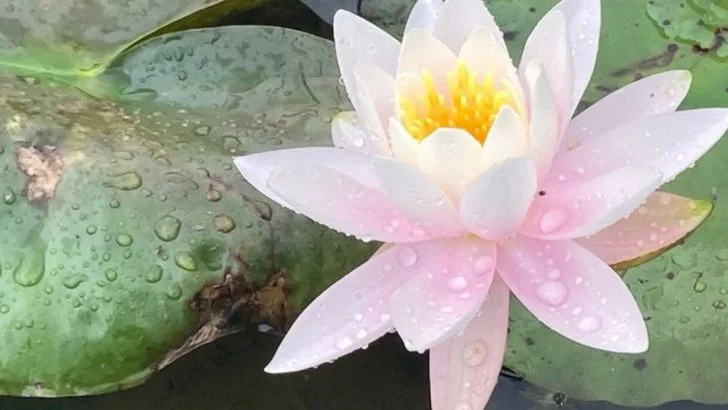Frogs may be quiet and unassuming, but they’re some of the most effective natural pest controllers you can invite into your garden. With a single frog eating dozens of insects a day, these amphibians are valuable allies against slugs, flies, and mosquitoes—and all they need is the right habitat to stick around.
By planting certain species that offer cool shade, moisture, and shelter, you can create a frog-friendly space that supports both your plants and local biodiversity. Some flowers and groundcovers even help retain humidity and attract the insects frogs feed on, completing a healthy, self-sustaining cycle.
In this article, you’ll discover which plants help welcome frogs into your garden naturally, and how to turn your landscape into a pest-fighting, eco-balanced haven—no chemicals required.
Water Lilies

Floating gracefully atop garden ponds, water lilies create a serene habitat for frogs. Their broad leaves provide shade and shelter, while the flowers attract insects that frogs feast on. These aquatic wonders not only beautify water features but also enhance biodiversity. Water lilies thrive in still water, where they can absorb sunlight and nutrients. Frogs find refuge beneath the leaves, away from predators. A natural cooling system, they help regulate water temperature, making it ideal for amphibian guests. Their presence signals a balanced ecosystem, inviting frogs to settle and play their role in pest management.
Ferns
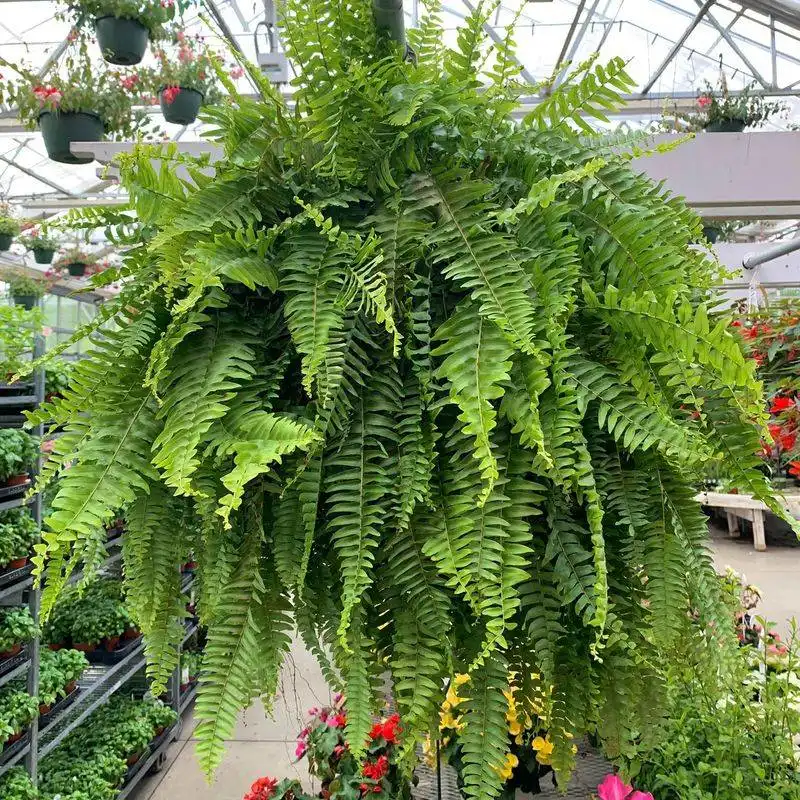
In the dappled light of a shaded garden corner, ferns unfurl their feathery fronds, creating a lush retreat for frogs. These ancient plants thrive in moist environments, offering ideal conditions for amphibians. Ferns act as natural humidifiers, maintaining the dampness frogs crave. Their dense foliage provides excellent cover from predators, allowing frogs to rest and hunt in peace. As frogs patrol the ferny underbrush, they help control insect populations. The symbiotic relationship between ferns and frogs illustrates nature’s interconnectedness, showcasing how simple plant choices can aid in natural pest control.
Hostas
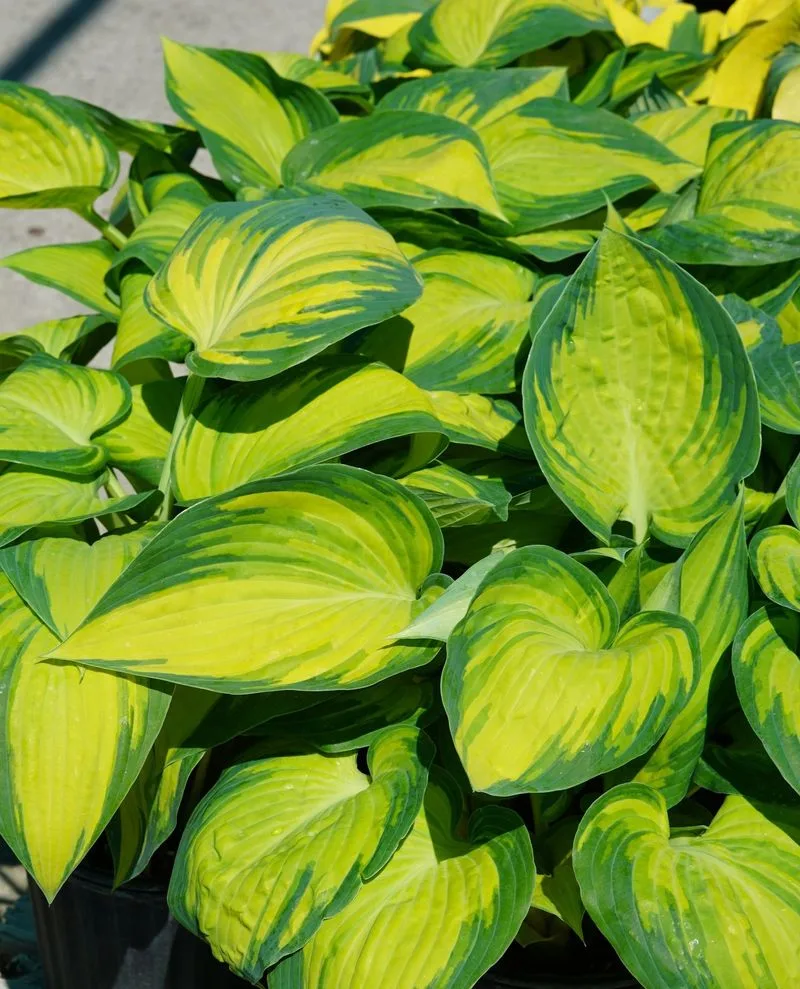
With their broad, vibrant leaves, hostas are more than just garden eye-candy—they’re a sanctuary for frogs. These perennials thrive in shady spots where moisture lingers, creating a perfect environment for amphibians. Hostas attract slugs and insects, providing a steady food source for frogs. The plant’s ample foliage offers concealment, enabling frogs to ambush prey and evade threats. As night falls, frogs emerge from hostas to serenade the garden, their calls a testament to the thriving ecosystem within. By planting hostas, gardeners invite a chorus of natural pest controllers into their yards.
Marsh Marigolds
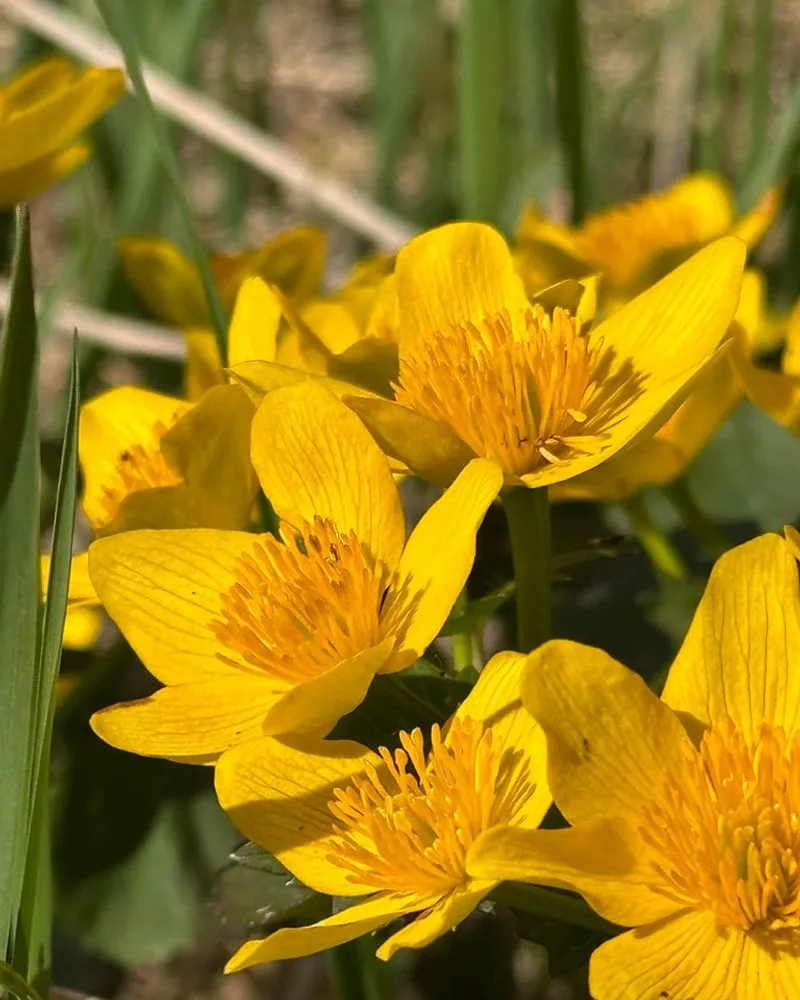
Brightening up wetland areas, marsh marigolds are a splash of sunshine that frogs can’t resist. Their vibrant blooms attract insects, while the plant’s structure offers ideal nooks for frog habitation. Thriving in boggy conditions, marsh marigolds ensure a moist environment that amphibians favor. This plant not only supports frog populations but also adds color to otherwise murky spots. As frogs congregate among the marigolds, they naturally manage insects, reducing garden pests. Marsh marigolds highlight the beauty and functionality of wetland plants, illustrating how they contribute to a thriving garden ecosystem.
Lady’s Mantle
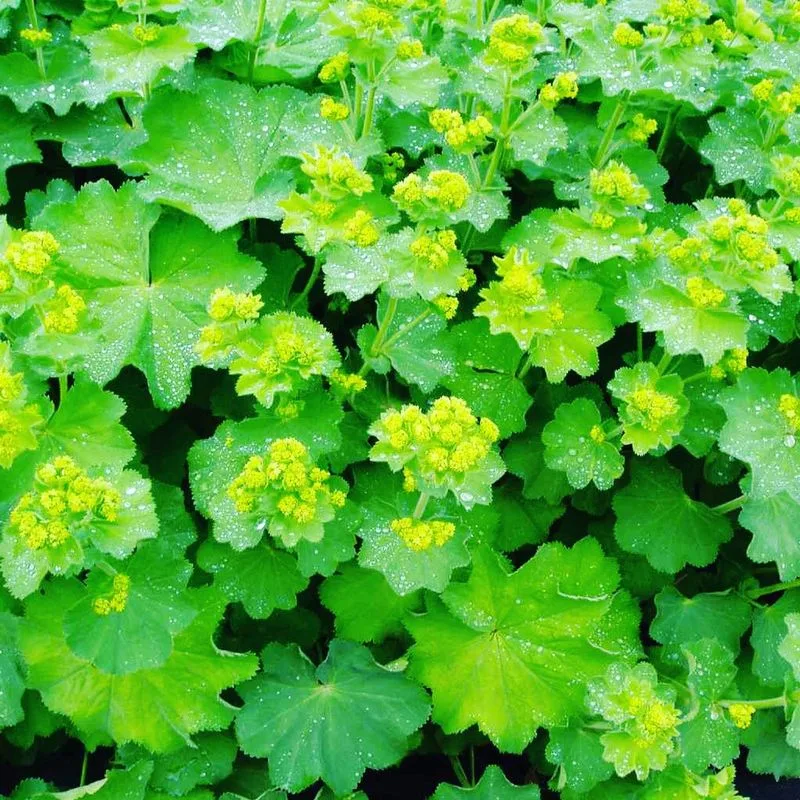
Glistening with dew, lady’s mantle is more than a visual delight; it’s a haven for frogs. The plant’s soft, velvety leaves collect moisture, offering a drink to wandering amphibians. Lady’s mantle thrives in partial shade, creating a cool refuge that frogs adore. Its small, starry flowers draw insects, providing sustenance for hungry frogs. By incorporating lady’s mantle, gardeners can attract these beneficial creatures, who in turn, help control pests. The interplay between plant and amphibian demonstrates the elegance of a biodiverse garden, where each element supports the other in harmony.
Meadow Sage
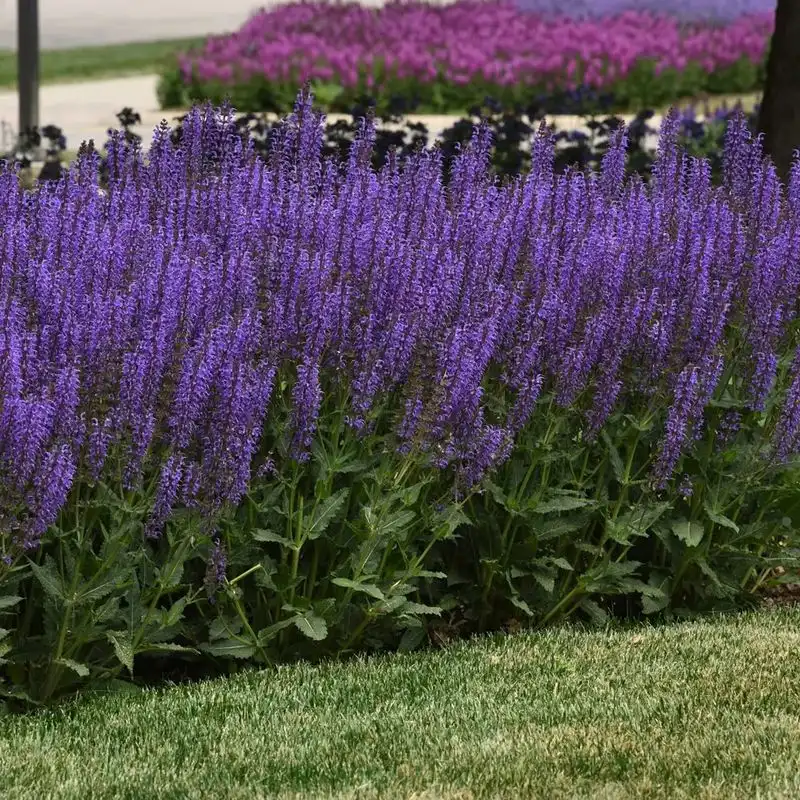
Towering stalks of meadow sage add vertical interest to gardens, while also enticing frogs with their insect-attracting blooms. Known for its hardiness, this perennial thrives in sunlit patches, drawing pollinators and pests alike. Frogs find ample hunting opportunities among the sage, where they can feast on insects drawn to the flowers. The plant’s dense growth provides shelter and hunting grounds, making it a frog favorite. Meadow sage not only enhances garden aesthetics but also plays a pivotal role in fostering a balanced ecosystem where frogs can flourish and maintain pest populations.
Golden Creeping Jenny
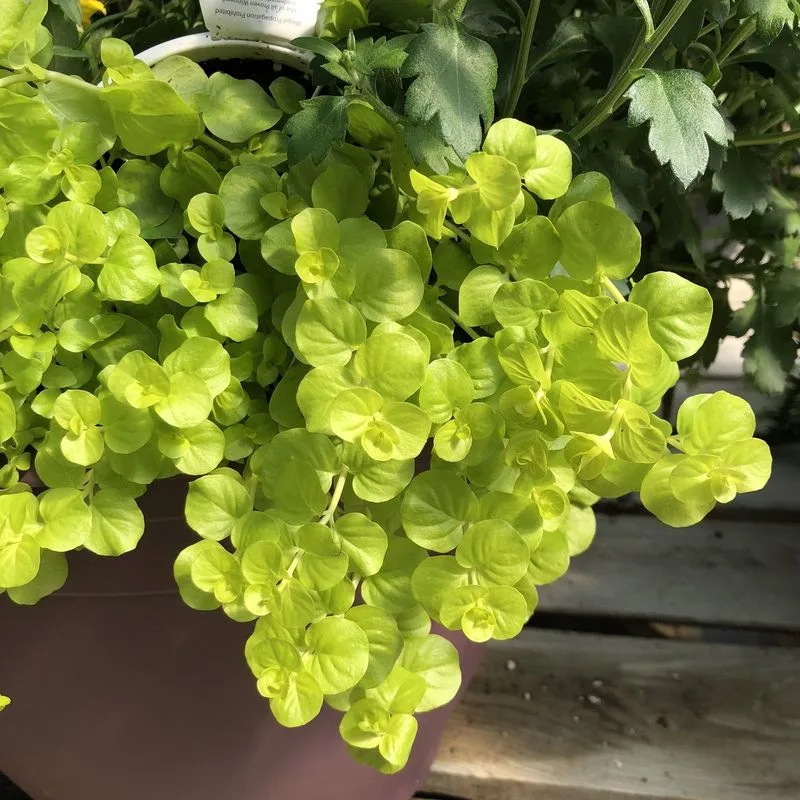
Creeping across the garden floor, golden creeping jenny forms a lush carpet that frogs find irresistible. Its vibrant foliage brightens shady areas, while the dense growth offers protection and moisture. This hardy plant thrives in various conditions, making it a versatile addition to frog-friendly gardens. As insects navigate the creeping jenny, frogs find ample hunting prospects. The plant’s ability to retain moisture creates an inviting habitat for amphibians, encouraging them to linger and patrol. Golden creeping jenny showcases how groundcovers can be functional and beautiful, supporting the garden’s natural pest control team.

